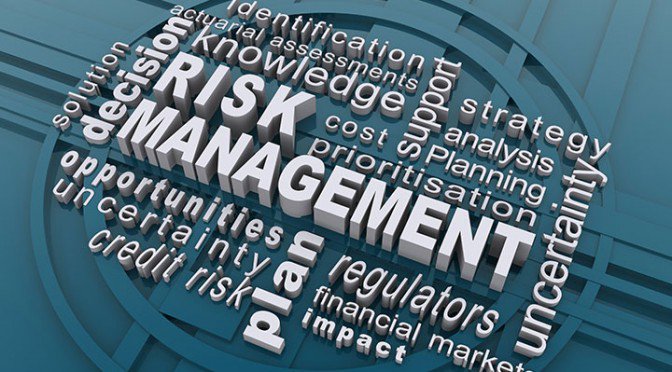Fire risks are prevalent in any workplace – from shops to manufacturing plants, offices to warehouses, and care homes to garages.
The recent fire at the University of Bolton – following the tragic events in 2017 at Grenfell – served as a stark reminder of the destructive force of fire and its impact upon those who encounter it.
Fire can be a big issue for businesses. Here, we consider the risk and how you can prevent it happening to your business.
How big a risk is fire to your business?
The latest fire statistics available from the UK government, published in November 2019, reveal there were 182,491 fires attended by the fire and rescue service to the year ending June 2019 – a 14% increase compared to the previous yearly figures.
Of these, 71,961 were primary fires – fires which caused damage or injury to people or property – with 268 fire-related fatalities, which is a 6% increase compared to the year ending June 2018. Additionally, there were 7,128 non-fatal injuries related to fires.
What does this mean to businesses?
Risks include:
- Employee injury and fatalities
- Interruptions to business, or business closures
- Damage or destruction of property
- Injury or fatalities involving members of the public
- Reputational damage caused in the wake of any incidents or accidents
Clearly, fire is an ever-present and dangerous threat to businesses of all sizes.
What can you do about it?
There are several things you can do to assess risks and mitigate the threat of fires in your workplace.
- Conduct a fire risk assessment—You must conduct a written fire risk assessment if your organisation has more than five people. This assessment should record all potential on-site fire hazards, identify people at risk of being harmed by a fire, and put in place robust controls to mitigate fire-related risks. Review and update this assessment often.
- Enforce policies and procedures—After assessing your workplace fire risks, it’s important that you provide and enforce policies and procedures that promote fire safety. This includes:
—Requiring routine staff training
—Implementing an effective fire detection system
—Having appropriate firefighting equipment on-site
—Storing potentially flammable substances or materials in safe locations. - Develop and communicate your emergency fire evacuation plan—In the event of a fire, it’s crucial to have an emergency fire evacuation plan in your workplace. Your plan should identify all escape routes on-site and establish a safe meeting point for staff. Be sure to clearly mark escape routes and display signage of the evacuation plan on-site.
Bollington's risk management team can help with this
Our expert risk managers can provide fire risk assessments at a very reasonable cost. They also offer an extensive range of training and risk management support services. See our risk management pages for more details.
You also need robust insurance to protect against the risk of a workplace fire, including business interruption insurance. For more information on commercial insurance to protect against fire risks, or expert risk management advice, get in touch. Call us on 01625 348030 for more information.








